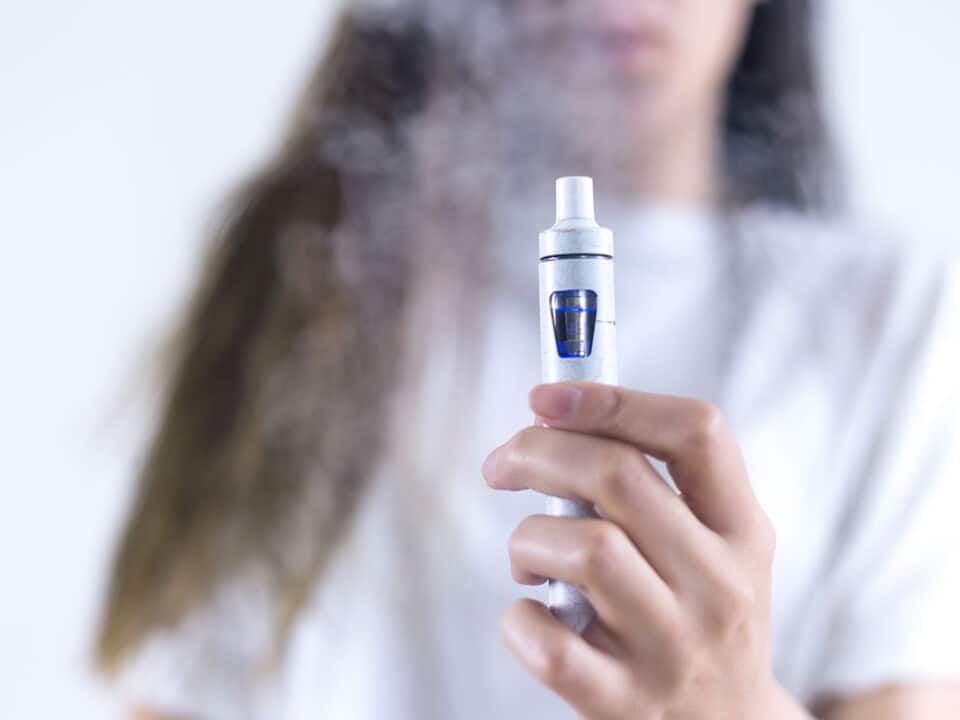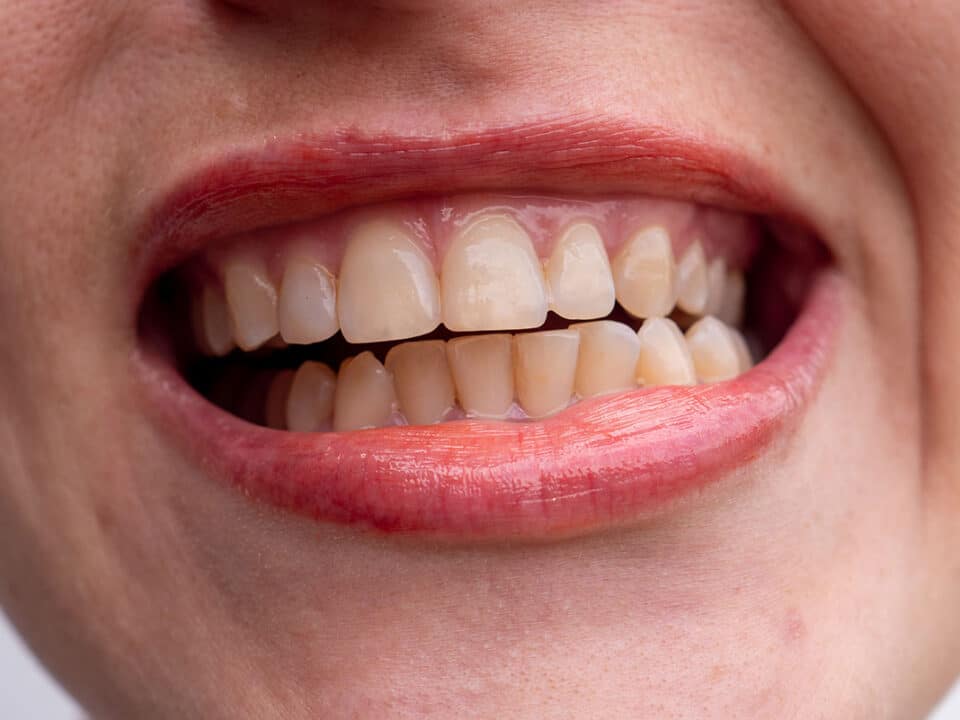Brushing your teeth is a daily habit that’s second nature for most people. However, many people don’t realize that improper brushing techniques can lead to serious oral health issues over time. Failing to brush correctly can contribute to problems such as tooth decay, gum disease, bad breath, and even tooth loss. Poor brushing habits can also allow plaque and tartar to accumulate, which can lead to cavities and infections. Brushing your teeth the right way is not just about having a bright smile; it’s about maintaining your overall health, as oral health is closely linked to conditions like heart disease and diabetes. By brushing properly, you can protect both your teeth and your general well-being.
With that in mind, here are ten common mistakes people make while brushing their teeth and how to fix them to ensure a healthier, brighter smile.
Table of Contents
1. Brushing Too Hard

While it may seem like vigorous brushing would ensure cleaner teeth, it can do more harm than good (think gum damage and enamel erosion). The enamel is your teeth’s first line of defense against decay, and once it’s worn down, it doesn’t regenerate. Gum recession, on the other hand, can expose the roots of your teeth, making them more susceptible to decay, sensitivity, and infections. Over time, brushing too hard can even lead to the development of notches near the gumline, called toothbrush abrasion.
Gum recession cannot be reversed without surgery.
If you notice that your toothbrush bristles appear flattened after only a few uses, it’s a clear sign that you’re pressing too hard. Similarly, if your gums feel sore or look red after brushing, you might need to reevaluate your technique.
How to fix it:
Instead of scrubbing your teeth, use gentle, circular motions with a soft-bristled toothbrush. Hold your toothbrush with a relaxed grip—if you’re clenching the handle, you’re likely applying too much pressure. Hold your toothbrush like a pencil rather than a hammer; this light grip will naturally reduce the pressure you apply.
You could also invest in an electric toothbrush with a pressure sensor that alerts you when you’re brushing too hard. An easy trick is to stick a note to your bathroom mirror telling you to brush lightly!
2. Using the Wrong Toothbrush
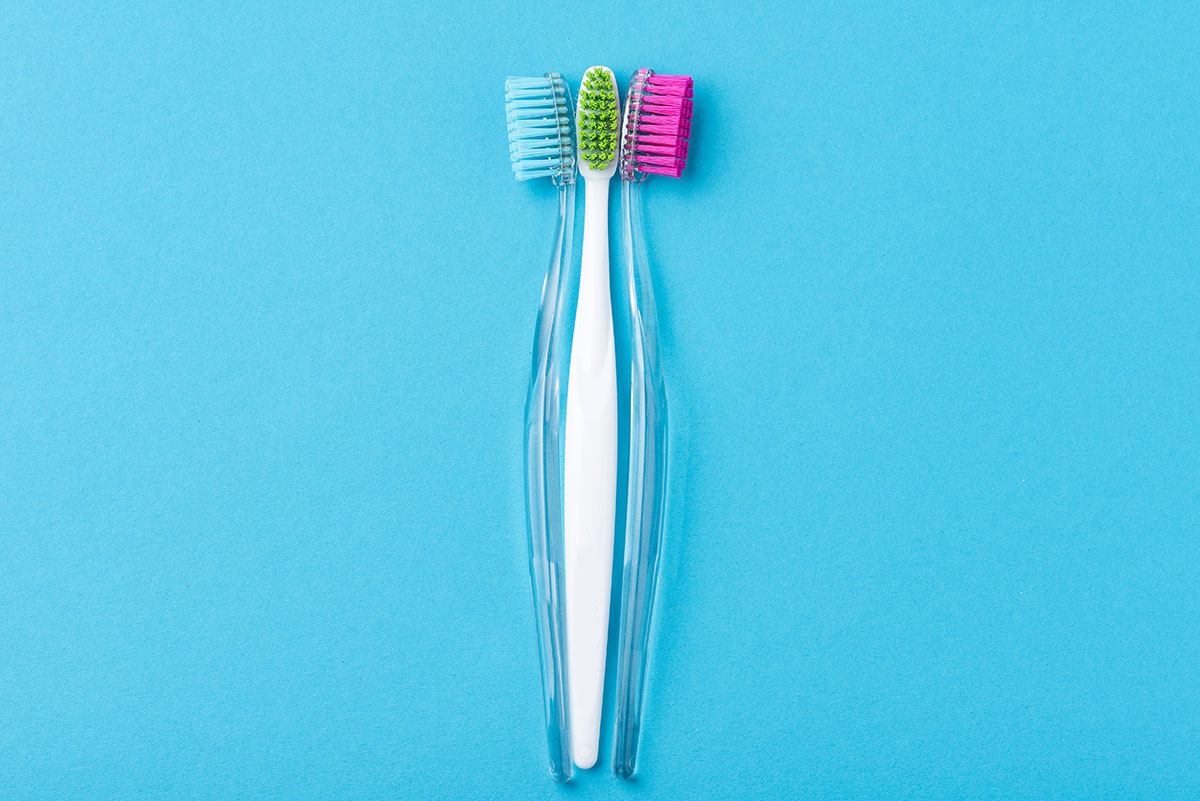
The type of toothbrush you use plays a critical role in your oral health. Using the wrong toothbrush can lead to ineffective cleaning or even damage to your teeth and gums. A toothbrush with stiff bristles, for example, can cause irritation, gum recession, and even wear down the enamel over time. Similarly, a toothbrush with a head that is too large may not be able to reach certain areas of your mouth, like the back molars or tight spaces, leaving them vulnerable to plaque buildup and decay.
Another common issue is choosing a toothbrush with the wrong handle design. If the handle doesn’t provide a comfortable grip or slips during use, it can reduce your control and make proper brushing difficult. Many people also use manual toothbrushes when an electric toothbrush might provide better results, especially for individuals with limited dexterity, such as children or the elderly.
If you’re finding it difficult to brush your back molars without brushing your gums, you may need a smaller/slimmer head shape toothbrush.
How to fix it:
Dentists recommend choosing a toothbrush with soft bristles to protect your gums and enamel. The size of the brush head should comfortably fit your mouth and be able to reach all surfaces. If you’re unsure, ask your dentist for recommendations or opt for an electric toothbrush with a compact head and various settings for personalized cleaning.
Remember to also evaluate handle comfort—rubberized grips can provide better control and prevent slippage while brushing.
3. Not Brushing for Long Enough
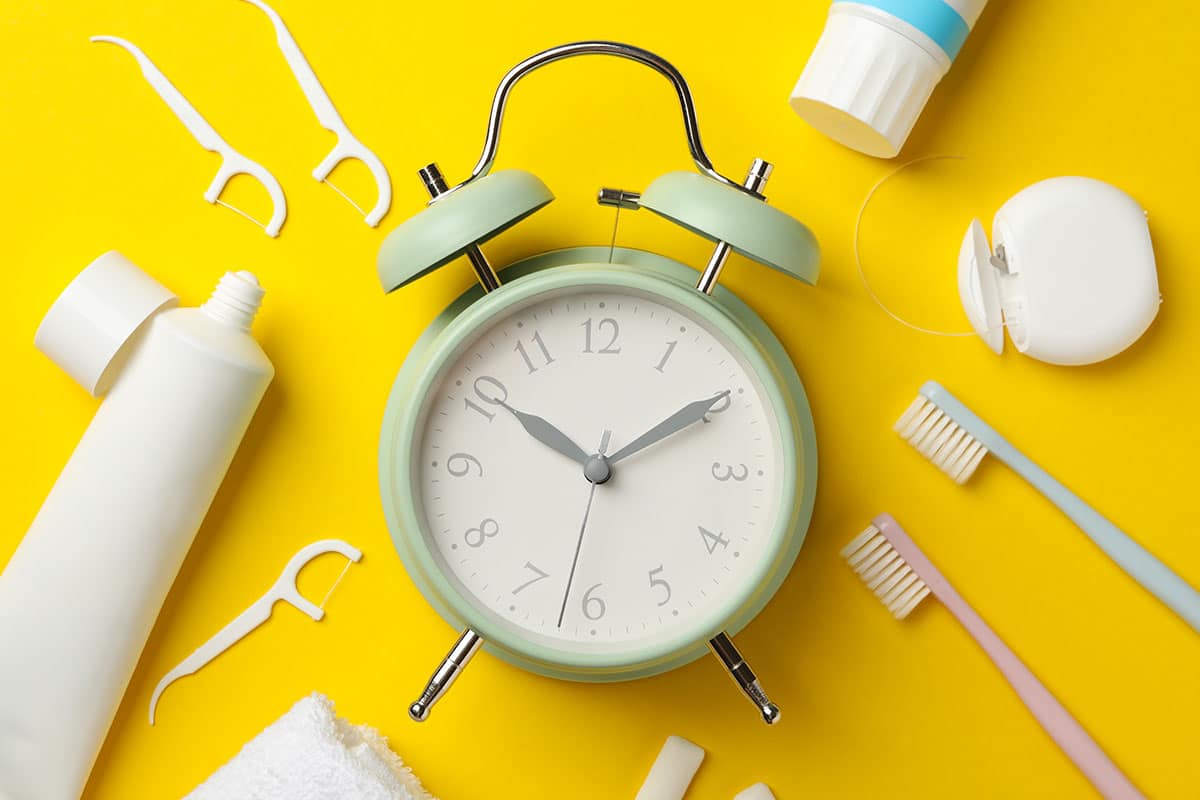
We know that life is busy, and saving time where you can is often necessary. That often means rushing through your morning or nighttime routine, but that’s a bad idea for your oral health. Failing to brush your teeth sufficiently can leave plaque and food particles behind, causing bacteria buildup and eventual issues. Inadequate brushing time also means fluoride in toothpaste has less contact with your teeth, reducing its protective benefits. Many people only brush for 30 seconds to a minute, far short of the dentist’s recommended two minutes.
How to fix it:
To ensure you’re brushing for two minutes, consider setting a timer on your phone or using an electric toothbrush with a built-in timer. Dividing your mouth into four sections and spending 30 seconds on each can help you thoroughly clean all areas. Also, there are some available apps that can make the process fun and engaging, especially for children.
Brushing for two minutes twice a day may seem like a small adjustment, but it can significantly reduce your risk of oral health issues, saving you time and money on dental treatments in the long run.
4. Ignoring the Tongue
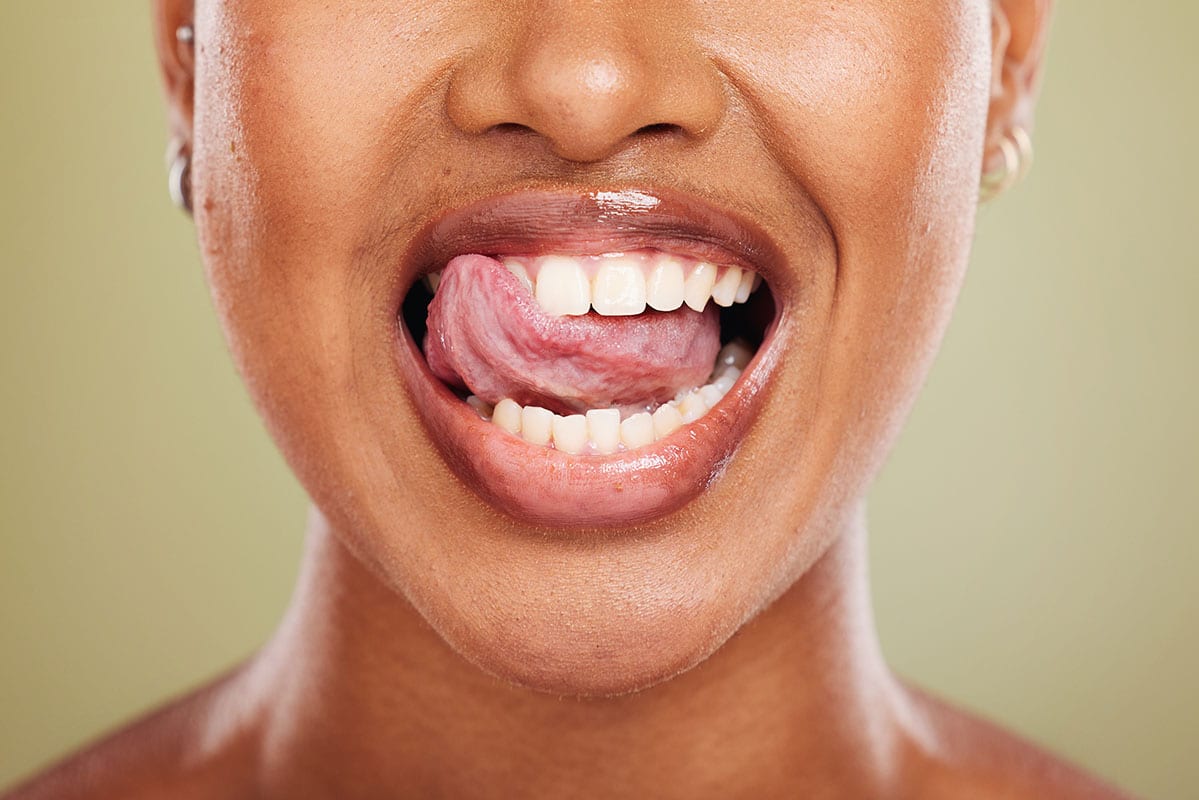
Your tongue is often overlooked during brushing, but it’s a breeding ground for bacteria that can cause bad breath, also known as halitosis, and contribute to plaque buildup. The surface of your tongue is covered in tiny crevices and grooves that can trap food particles, bacteria, and dead cells.
Ignoring the tongue can also affect your sense of taste and make your mouth feel less clean, even after brushing your teeth. Over time, the bacteria on your tongue can spread to other areas of your mouth, increasing your risk of cavities and gum disease.
This is especially important if you notice a white or yellow coating on your tongue, which is a visible sign of bacteria and debris accumulation.
How to fix it:
Add tongue cleaning to your daily oral hygiene routine. After brushing your teeth, gently brush your tongue with your toothbrush using light, back-and-forth motions. For a more effective cleaning, use a tongue scraper, which is specifically designed to remove bacteria and debris from the tongue’s surface. A tongue scraper can be more comfortable for some people and often achieves better results than a toothbrush alone.
Make it a habit to clean your tongue every time you brush your teeth. This simple step can significantly improve your breath, enhance your sense of taste, and contribute to better overall oral hygiene. For added freshness, follow up with a mouthwash that kills bacteria, ensuring a cleaner and healthier mouth.
5. Skipping the Floss or Mouthwash
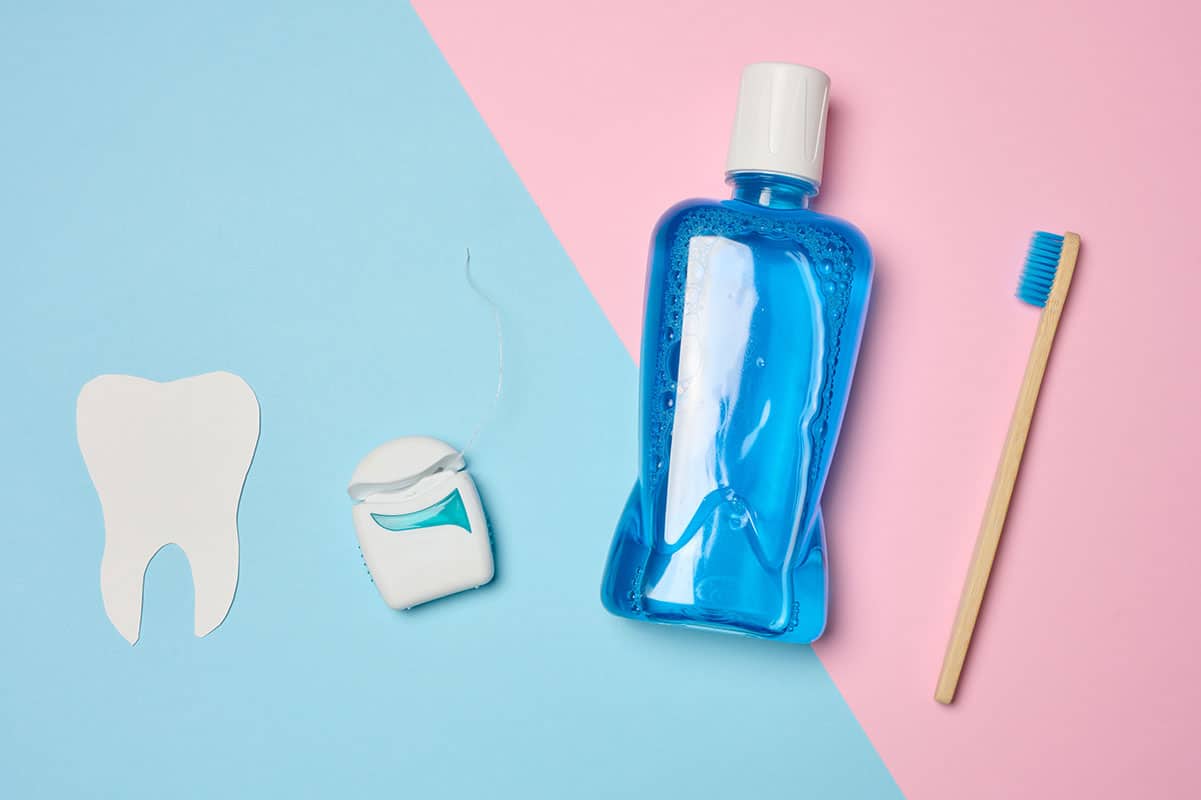
Brushing alone isn’t enough to maintain optimal oral health. No matter how detailed you brush, the bristles of your toothbrush just can’t reach the tight spaces between your teeth, leaving those areas susceptible to decay, gum disease, and bad breath. Flossing removes debris and plaque from these spaces, preventing the buildup of harmful bacteria. However, many people skip this critical step because they find it inconvenient or time-consuming. Similarly, skipping mouthwash means missing out on an easy way to kill bacteria, reduce plaque, and freshen your breath.
Neglecting flossing and mouthwash can have long-term consequences. For example, food particles left between teeth can decay and lead to cavities or gum inflammation, eventually progressing to more severe conditions like gingivitis or periodontitis. Additionally, the absence of mouthwash in your routine means you’re missing an opportunity to target bacteria in areas that brushing and flossing might overlook.
If you notice your gums bleed easily when brushing or flossing, it’s definitely time to incorporate regular flossing into your routine. You’d be surprised that after a few sessions, your gums are much more robust and don’t bleed as easily.
How to fix it:
Make flossing a daily habit, ideally before brushing your teeth at night. If traditional floss feels awkward, try alternatives like floss picks, pre-threaded flossers, or water flossers, which are easier to use and highly effective. For mouthwash, choose an alcohol-free variety to avoid drying out your mouth. Look for options containing fluoride to help strengthen enamel or antiseptic ingredients to combat bacteria and plaque. Rinse for about 30 seconds after brushing to maximize its benefits. Adding these steps to your routine can drastically improve your oral health and leave your mouth feeling cleaner and fresher.
6. Using an Old Toothbrush
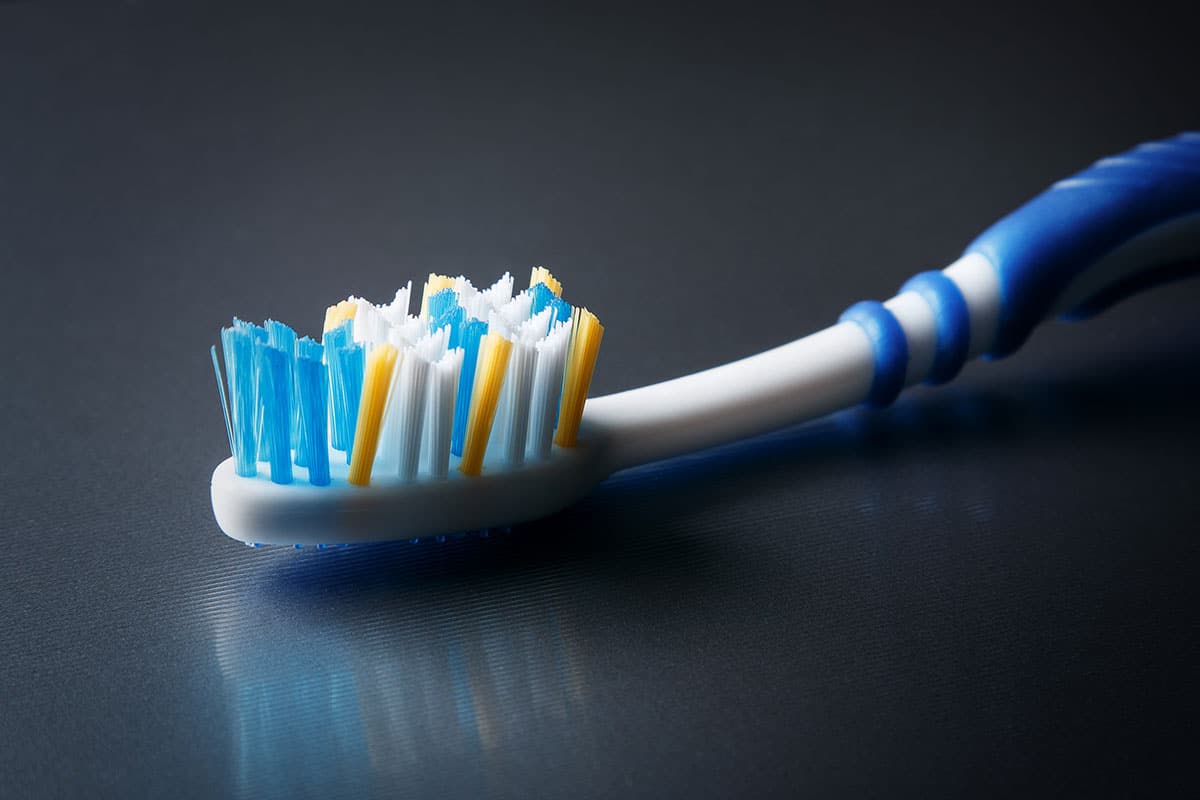
Using an old toothbrush is one of the easiest mistakes and can significantly compromise oral health. As toothbrush bristles age, they become frayed and lose their effectiveness at cleaning your teeth. Frayed bristles can fail to remove plaque and debris, especially in hard-to-reach areas, and may even irritate your gums. Additionally, old toothbrushes can harbour harmful bacteria, which may be reintroduced into your mouth with each use, increasing the risk of infections.
If you’ve been using the same toothbrush for over six months and notice that it looks discoloured or the bristles are splayed, it’s well past time for a replacement. Many people also forget to replace their toothbrush after recovering from an illness, which can further spread germs and bacteria.
How to fix it:
Make it a habit to replace your toothbrush or toothbrush head every three to four months or sooner if the bristles are visibly worn out. To help you remember, consider setting a reminder on your phone or marking it on your calendar. If you travel frequently, keep a spare toothbrush in your bag to ensure you’re always using a clean, effective tool. After recovering from a cold or the flu, replace your toothbrush immediately to avoid reintroducing bacteria into your system. Keeping extra toothbrushes at home ensures that you’re never caught without a replacement.
7. Neglecting the Gumline

The gumline is a critical area where plaque and bacteria often accumulate, yet it is frequently overlooked during brushing. This oversight can lead to gum disease, such as gingivitis, and eventually progress to more severe conditions like periodontitis, resulting in tooth loss. The gumline is also prone to tartar buildup, which can only be removed by a dentist if left untreated.
When plaque accumulates near the gumline, it can cause inflammation, redness, and bleeding gums. These are early signs of gum disease; addressing them promptly is crucial to prevent further complications. Neglecting this area can also leave the roots of your teeth exposed, increasing the risk of decay and sensitivity.
If you notice your gums are inflamed or you feel there is plaque being left right at the gumline, these are signs that you aren’t cleaning this area correctly.
How to fix it:
To properly clean the gumline, angle your toothbrush at a 45-degree angle so that the bristles can reach the area where the gums meet your teeth. Use short, gentle strokes and ensure you’re brushing each section of your mouth systematically. An electric toothbrush with oscillating or sonic technology can make this task easier by effectively targeting plaque along the gumline.
Additionally, flossing is essential for removing debris and plaque that a toothbrush cannot reach. Consider using interdental brushes or a water flosser for added effectiveness in cleaning along the gumline. Regular dental checkups and professional cleanings can also help manage tartar buildup and ensure your gums stay healthy. Attention to this area can significantly reduce your gum disease risk and promote oral health.
8. Brushing Right After Eating
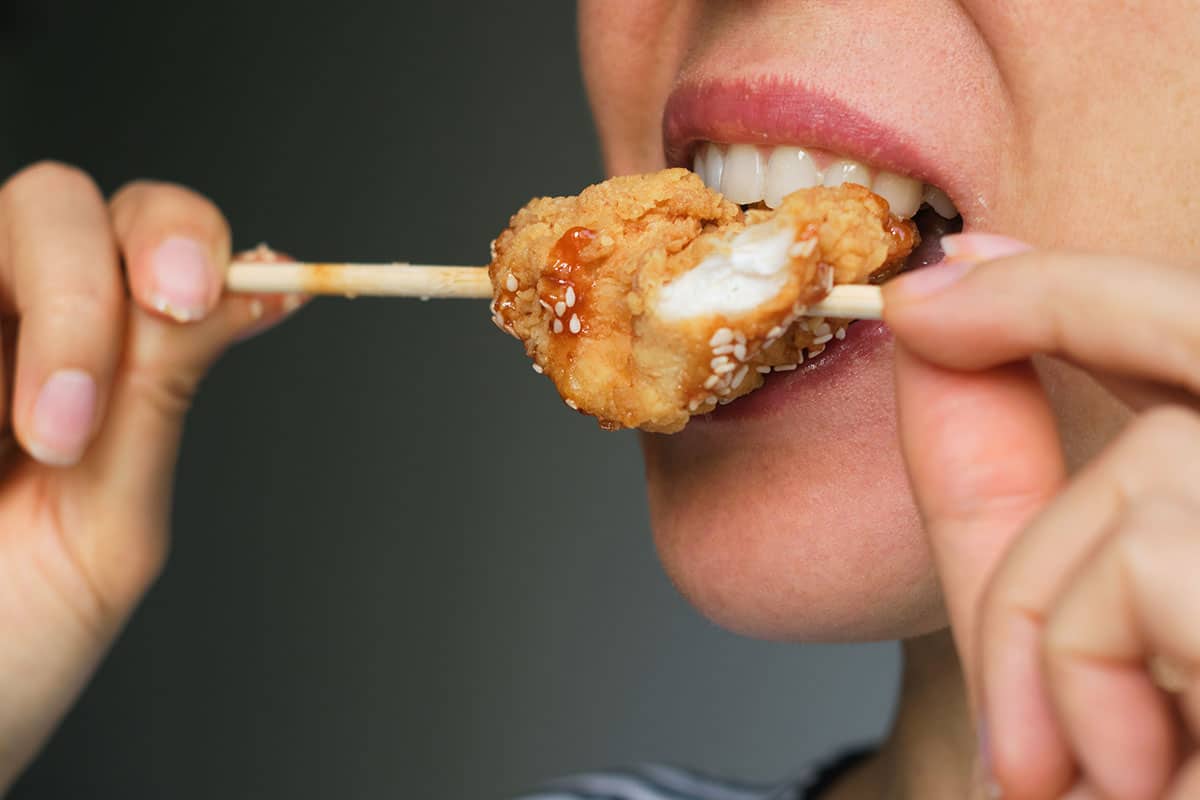
Brushing immediately after consuming acidic foods or drinks, such as citrus fruits, coffee, soda, or wine, might seem like a good idea to clean your teeth immediately. However, this practice can actually damage the softened enamel on your teeth. Acidic foods and beverages temporarily weaken the enamel, making it more prone to erosion. Brushing too soon after eating these items can wear away this softened enamel, potentially exposing the underlying dentin and leading to increased sensitivity or decay over time.
How to fix it:
Wait at least 30 minutes after eating before brushing your teeth to allow your saliva to neutralize acids naturally and re-harden the enamel. In the meantime, rinse your mouth with plain water to help wash away food particles and acids. Chewing sugar-free gum can also stimulate saliva production, which aids in protecting and repairing enamel.
If you frequently consume acidic foods and beverages, consider using a toothpaste designed for enamel protection and sensitivity. This can help strengthen your teeth and provide a layer of defence against future acid erosion. You can maintain a healthier smile and prevent unnecessary damage by giving your teeth time to recover after meals.
9. Rinsing With Water After Brushing
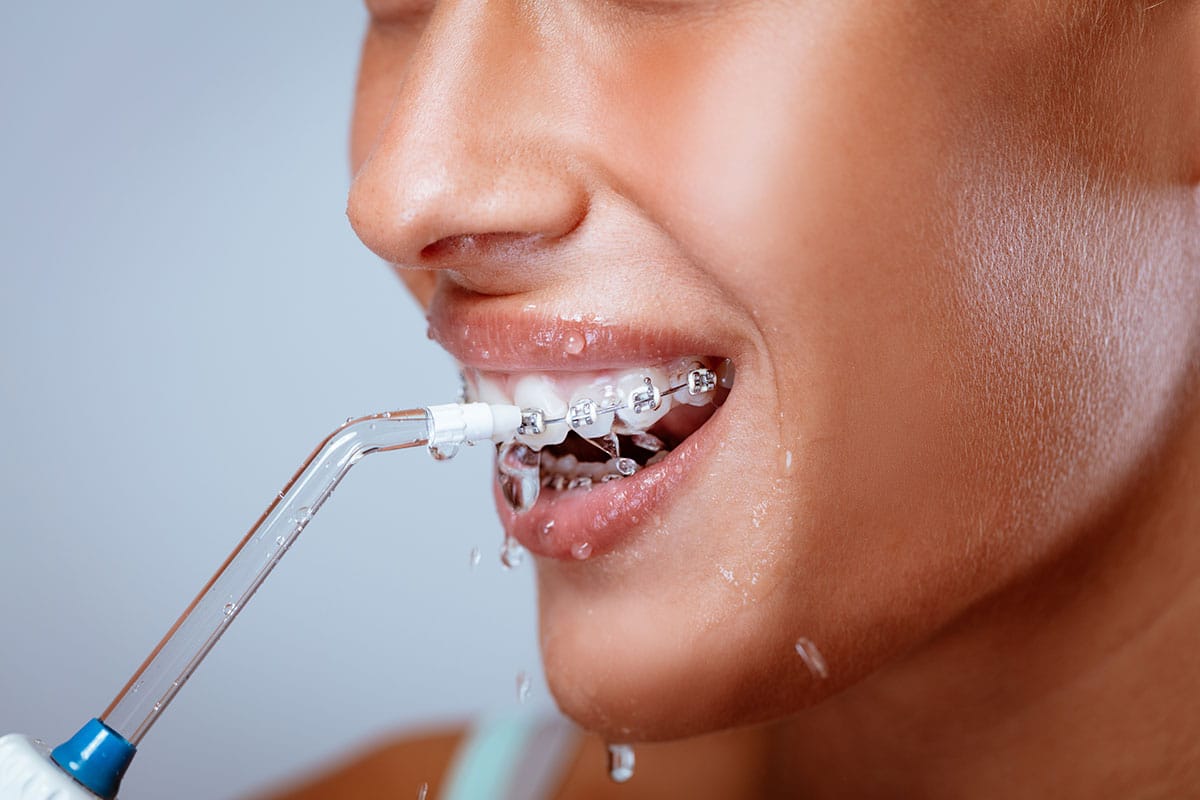
Rinsing your mouth with water immediately after brushing may seem like a natural step, but it can actually reduce the effectiveness of fluoride toothpaste. Fluoride is a key ingredient that strengthens enamel and protects against cavities, and rinsing with water washes away this protective layer too soon. You may miss its full benefits without giving fluoride time to settle on the teeth.
How to fix it:
Instead of rinsing with water, simply spit out any excess toothpaste after brushing. If you need to rinse, opt for a fluoride mouthwash, which complements the protective benefits of toothpaste rather than diminishing them. This simple change can enhance the cavity-preventing power of your oral care routine and refresh your mouth.
10. Only Brushing Once a Day
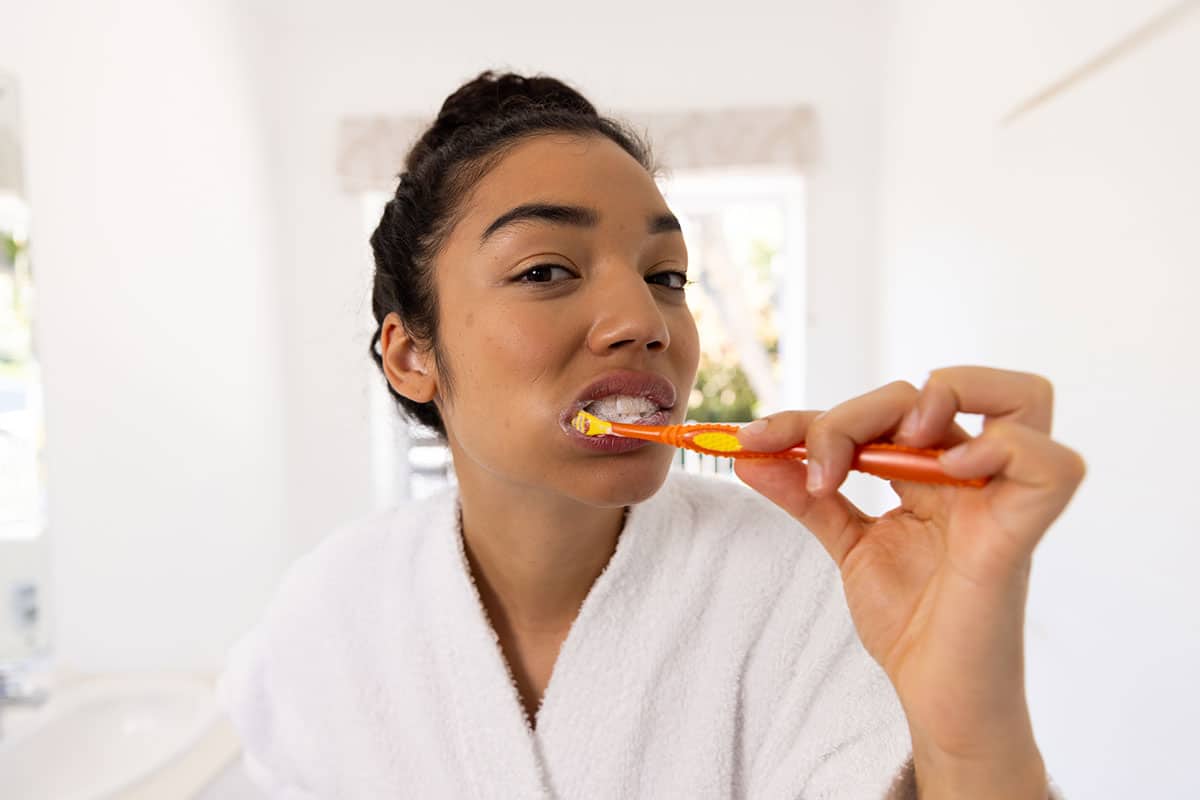
Brushing only once a day leaves your teeth exposed to plaque and bacteria buildup for long periods, increasing the risk of cavities, gum disease, and bad breath. The plaque that accumulates throughout the day feeds on leftover food particles, producing acids that can erode enamel and lead to decay. Skipping your nighttime brushing session is particularly problematic, as it allows bacteria to multiply unchecked while you sleep.
How to fix it:
Brush your teeth twice daily—once in the morning to start your day fresh and once before bed to remove the buildup of plaque and debris. Nighttime brushing is essential for maintaining oral health, as it disrupts the growth of harmful bacteria that thrive without saliva production during sleep. To make this habit stick, pair brushing with your evening routine, such as before changing into pyjamas or after your last meal.
If you often forget, set reminders on your phone or use an app that tracks your brushing habits. Over time, brushing twice a day will become second nature, helping you maintain a clean, healthy smile and preventing costly dental issues.
Get On Top of Your Oral Care Regimen
Good oral hygiene is about more than just brushing your teeth—it’s about brushing correctly and pairing it with other essential habits. By avoiding these common mistakes and following your dentist’s advice, you’ll be well on your way to a healthier, brighter smile. Small changes in your routine, like adjusting your brushing technique or incorporating floss and mouthwash, can make a big difference over time. Start today to give your oral health the attention it deserves.
Yes, our staff can provide you with all the details about a treatment’s cost and what CDCP coverage you are eligible for before your appointment.
While general pricing practices are in place for all dental clinics in Ontario, prices for different procedures may still vary. Please check with our office for detailed pricing and CDCP coverage details.
If you cannot afford the co-payment, discuss payment plans or financing options with your dental office. Many clinics offer flexible payment solutions to help manage out-of-pocket expenses.
With CDCP coverage, routine dental check-ups are typically covered for eligible patients, but please consult with our office prior to treatment to find out if there will be any fees you are responsible for (co-payment, etc.).
The best way to determine how much a procedure will cost at our clinic is to contact us beforehand. We can determine your level of coverage and inform you if there are any out-of-pocket costs you will be required to pay.
Yes, both our Hamilton and St. Catharines clinic locations offer CDCP coverage to eligible patients.
Check us out on Facebook and Twitter for daily information about Oral Health from Martindale Dental, or visit our offices in Hamilton and St. Catharines.
Have more questions?
Please contact us for all inquiries or to book an appointment with one of our convenient clinic locations. We look forward to hearing from you.


